evenso
Veteran Member
Kate Middleton Announces Cancer Diagnosis, Undergoing Chemotherapy
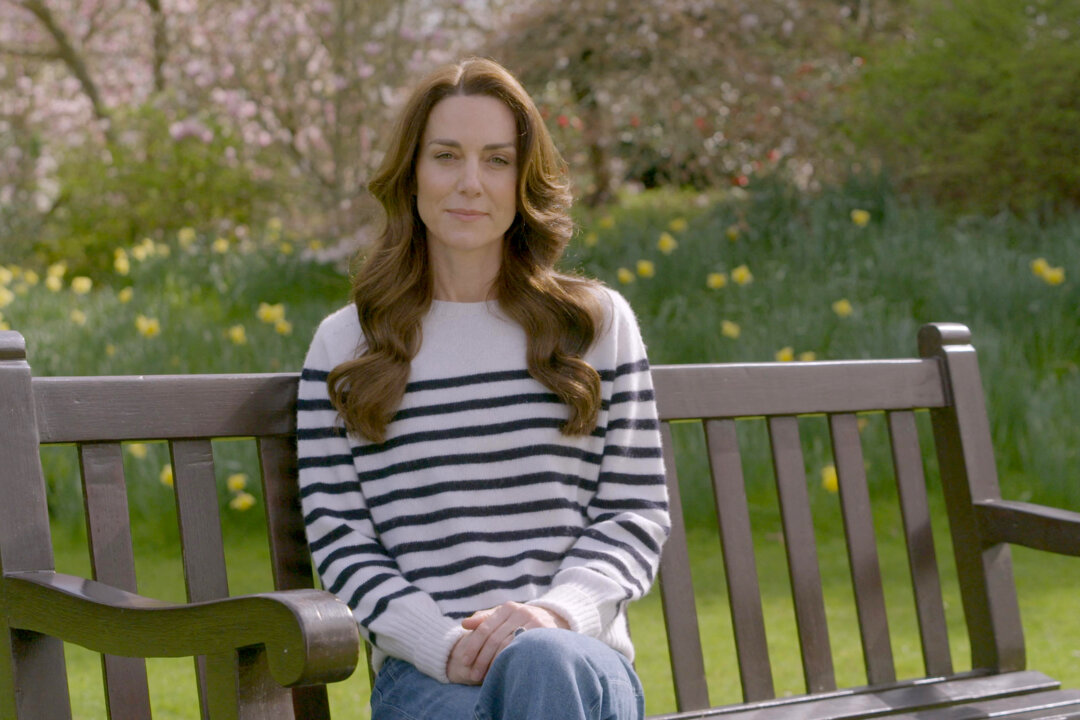
Kate Middleton Announces Cancer Diagnosis, Undergoing Chemotherapy
The princess of wales announced the diagnoses on Friday.

| Robert W Malone, MD @RWMaloneMD As Yahoo is writing it in an article - as an "open rumor" - but goes on to write that their are multiple sources close to the King who have confirmed the diagnosis. I felt confident in posting this here as a reality. 9:49 AM · Mar 22, 2024 31.2K Views |
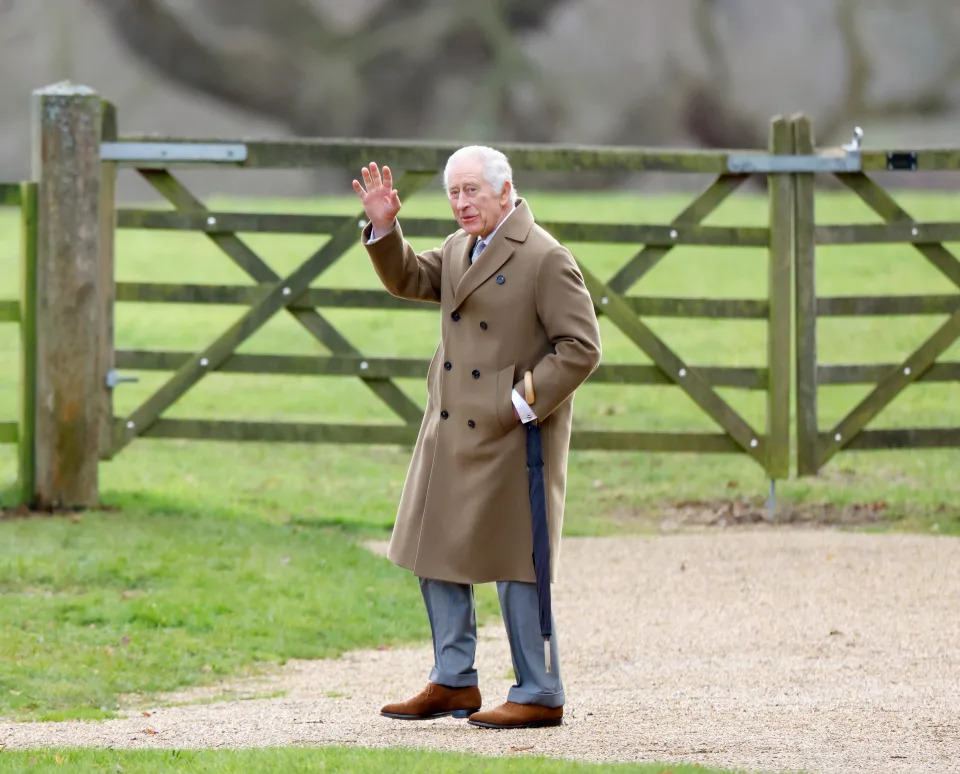
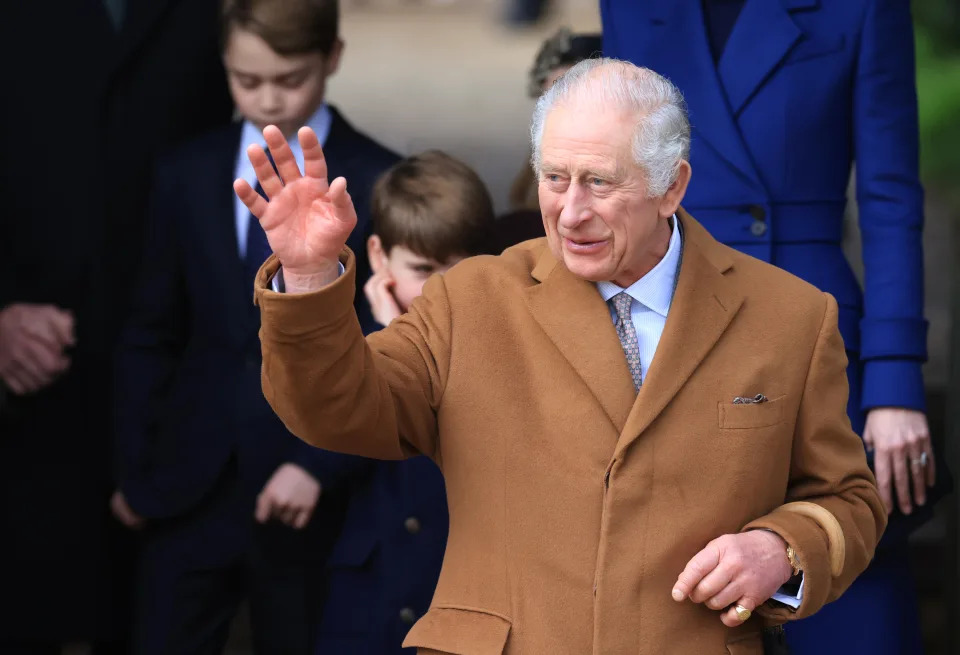
Well, there it is. Must be stage 1. My friend, who was diagnosed with stage 2, was given 8 months to live, after surgery.


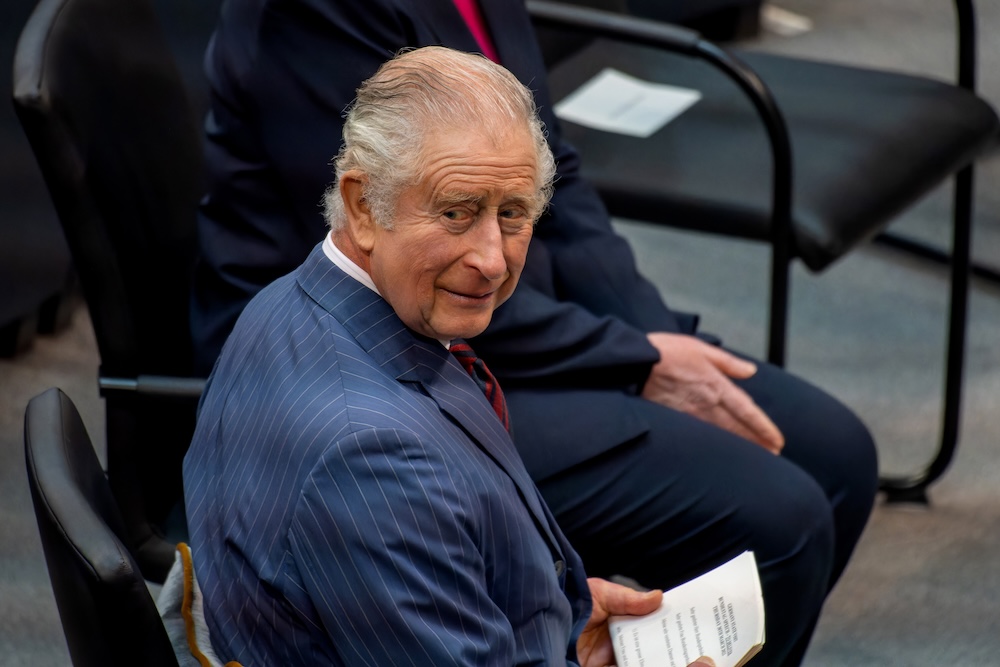
 trendingpoliticsnews.com
trendingpoliticsnews.com
King Charles’ health issues surfaced publicly in January when he underwent treatment for benign prostate enlargement before receiving a pancreatic cancer diagnosis.
Done "Accidentally on purpose"?Whoa! Where did THAT pop out of?! Someone let the cat out of the bag? It actually sounds plausible, but it's rather jarring in an article filled with the "undisclosed cancer" statements elsewhere.
Summerthyme
Imagine for a moment what this is doing to Prince william. If kate has cancer as well and it all traces to the shot, could he bucl tje cabal based in london and live? The thing killed charles, elizabeth, kate. Bad things would happen thenWhoa! Where did THAT pop out of?! Someone let the cat out of the bag? It actually sounds plausible, but it's rather jarring in an article filled with the "undisclosed cancer" statements elsewhere.
Summerthyme
It’s a bit of a stretch to tie any of their cancer diagnoses to the shot.Imagine for a moment what this is doing to Prince william. If kate has cancer as well and it all traces to the shot, could he bucl tje cabal based in london and live? The thing killed charles, elizabeth, kate. Bad things would happen then

Those lips and nose????? Is that baby adopted???
What i said also comes from several commonwealth friends. Some think that way.It’s a bit of a stretch to tie any of their cancer diagnoses to the shot.
The Queen was 96 when she died and had been in declining health for years. There had been rumors of bone cancer prior to her passing and it was confirmed not long after she died.
King Charles is going to be 76 this year. Not strange to receive a cancer diagnosis at his age. If he does have pancreatic cancer, the average age for diagnosis is 70.
We don’t know what type of cancer Kate was diagnosed with so I don’t know how we can make a judgement there.
When I think of William I feel bad for him because his father and wife were both diagnosed with cancer within weeks of each other. He has to manage that along with raising a young family. All while knowing that if his father dies he becomes King with all that entails, regardless of his wife’s health status. I sincerely doubt he has much time to wonder if the shot caused their ill health.
Those lips and nose????? Is that baby adopted???
Yeah. Highly skeptical here on the pancreatic cancer until heard from legitimate sources.Whoa! Where did THAT pop out of?! Someone let the cat out of the bag? It actually sounds plausible, but it's rather jarring in an article filled with the "undisclosed cancer" statements elsewhere.
Summerthyme
That baby is photoshopped.Those lips and nose????? Is that baby adopted???
Yep, you bet!Probably a genetic throw back, she's part black.
Probably a genetic throw back, she's part black.
Dinah Shore had a black baby and both she and her husband were white.
This was in the '70s. Big scandal. Husband divorced her saying she cheated on him.
Genetic testing showed she was some fairly large percentage of black (something like 16 or 8 %).
My Mom was into the rag sheets at the grocery store checkouts.
The things I recall from childhood...SMH.
That is retouched. Not the original.Those lips and nose????? Is that baby adopted???
No! You cant ever bucl tje the cabal and get to live.…..could he bucl tje cabal based in london and live?
How do you know this is not the doctored one?That photo has been doctored. This is the photo from Archie’s christening that was released by the family…
View attachment 472058
Tell us he has bladder cancer without telling us he has bladder cancer.This is not, as one journalist told The Daily Beast, just out of respect for or collusion with the palace, but rather due to very strict rules and laws in the U.K. governing medical privacy and the publishing of personal information. “Even if you had it copper-bottomed that he had bladder cancer, you couldn’t run it,” the journalist said.
Thank you. I thought about posting the relationship between the vax and Bell's Palsy but too many already dismiss what I say as "dramatics" and "hysterics," so I'm thankful you posted this.We won't see the king in public for a while. My uncle had Bells Palsy and half the side of his face became distorted.
The association between COVID-19 vaccination and Bell's palsy
In the past 100 days, more than 3 billion doses of SARS-CoV-2 vaccines have been administered globally.
1
With 20 vaccines currently authorised in at least one country and 108 under clinical development as of July 20, 2021,
2
there is ongoing public concern regarding the possible adverse effects of SARS-CoV-2 immunisation. An adverse event reported in the product information of two vaccines developed with a novel mRNA technology is Bell's palsy, a form of acute facial nerve paralysis.
3
So far there has been no clear evidence of association between COVID-19 vaccination and facial paralysis. However, the findings from Eric Wan and colleagues' study
4
in The Lancet Infectious Diseases showed an overall increased risk of Bell's palsy after immunisation with CoronaVac (Sinovac Biotech), a vaccine that uses the inactivated virus.
Despite the numerical imbalance of Bell's palsy cases observed in trials of the two mRNA vaccines,
5
,
6
but not in those of other vaccine platforms,
7
the relevant regulatory bodies, including the US Food and Drug Administration and the UK Medicines and Healthcare products Regulatory Agency among others, have argued that the observed frequency in vaccinated individuals was no higher than the expected background rate. A closer look at these figures and analysis of crude real-world data from pharmacovigilance agencies estimated that Bell's palsy occurred more often in the mRNA vaccine groups than would be expected in the general population.
8
Two research letters later provided indirect evidence for the safety of mRNA vaccines from a Bell's palsy standpoint. In one letter, the WHO pharmacovigilance database was used to show that mRNA COVID-19 vaccines did not confer an increased risk of facial paralysis when compared with other viral vaccines.
9
In the other letter, the authors concluded that patients with COVID-19 have a greater risk of acquiring Bell's palsy than those who were vaccinated against the disease.
10
The controversy was again addressed by the findings from a relatively small case-control study from Israel,
11
in which 37 patients with Bell's palsy were matched to 74 controls and no association with mRNA-based SARS-CoV-2 vaccination was found (adjusted odds ratio [OR] for exposure 0·84 [95% CI 0·37–1·90; p=0·67]). Of note, hospital admissions due to facial nerve palsy in January and February, 2020, and January and February, 2021, were 29–112% greater than in the same period in the 5 preceding years, but this was not deemed significant.
11
Wan and colleagues used different population-based approaches to evaluate the possible association between Bell's palsy and mRNA (BNT162b2; Fosun–BioNTech) and inactivated virus (CoronaVac) vaccines in Hong Kong.
4
Using a voluntary surveillance reporting system and electronic health records, the authors found a substantial increase in the age-standardised incidence of Bell's palsy during the vaccination programme compared with the same period in previous years. For example, after accounting for confounding variables, the incidence difference with the same observation period in 2020 was 41·5 cases per 100 000 person-years (95% CI 11·7 to 71·4) for CoronaVac and 17·0 (−6·6 to 40·6) for BNT162b2. In the nested case-control study, 298 patients with clinically confirmed Bell's palsy were selected. 1181 control individuals were randomly matched (4:1) to each case according to sex, age, date of hospital attendance (to control for seasonality of the disease), and setting (to reduce selection bias). The results suggested a significantly increased risk of Bell's palsy associated with receiving CoronaVac (adjusted OR 2·385 [95% CI 1·415–4·022]; p=0·0011) for CoronaVac, but no significant difference in risk associated with receiving BNT162b2 (1·755 [0·886–3·77]; p=0·11). Owing to the timing of vaccine rollout in Hong Kong, vaccination was notably less common in this population compared with in the study done in Israel. For example, in Wan and colleagues' study, only 84 (7·1%) individuals in the control population had been vaccinated,
4
compared with 59·5% in the previous study,
11
which might have influenced the strength of the association. On the other hand, data collected during the early stages of vaccination in Hong Kong might have introduced selection bias because only people in specific categories of workers and age groups were vaccinated. These caveats are not trivial because the background incidence of Bell's palsy varies greatly with age
12
and the vaccines are likely to have different safety profiles in different age groups.
From a clinical, patient-oriented perspective, none of the studies published so far provide definitive evidence to inform the choice of a specific vaccine in individuals worldwide with a history of Bell's palsy. However, the data published by Wan and colleagues do offer valuable information for a rational and informed choice of COVID-19 vaccines for patients in Hong Kong, and for those in countries where both BNT162b2 and CoronaVac are available. While waiting for conclusive evidence on vaccine-associated facial paralysis, one certainty remains: the benefit of getting vaccinated outweighs any possible risk.
I remember that, and she was a bottle blond.Dinah Shore had a black baby and both she and her husband were white.
This was in the '70s. Big scandal. Husband divorced her saying she cheated on him.
Genetic testing showed she was some fairly large percentage of black (something like 16 or 8 %).
My Mom was into the rag sheets at the grocery store checkouts.
The things I recall from childhood...SMH.
Here then is a prophecy regarding all three nations—the United States, Britain and Israel (Judah). According to this prophecy, it appears that all three will fall within the span of a month. Hosea 6:6 shows these nations turning back to God, but finding it's too late. Because of their sins, He will let them suffer defeat and collapse.
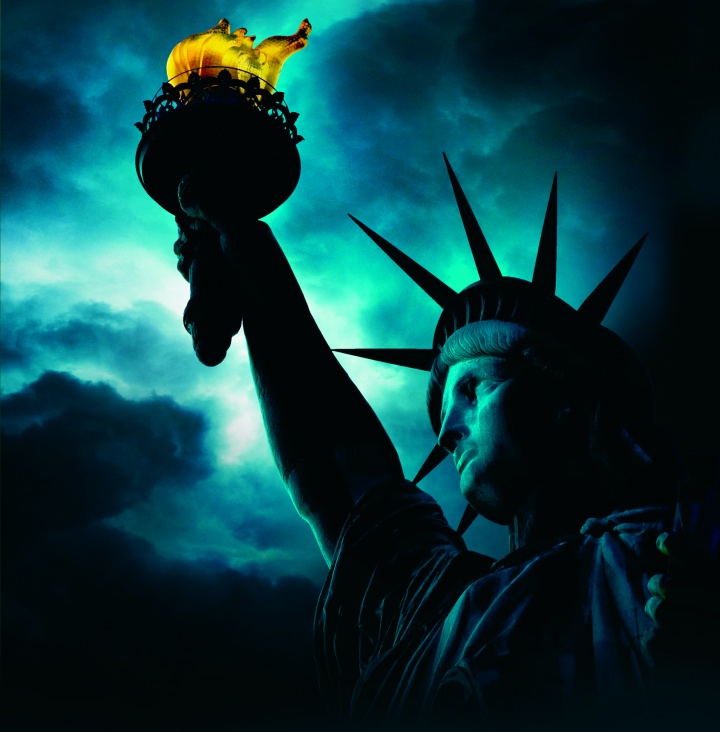
I dont think they hid Charles' diagnosis. There are articles way back to February that said where the general area of cancer was, but that it was not prostate.Whoa! Where did THAT pop out of?! Someone let the cat out of the bag? It actually sounds plausible, but it's rather jarring in an article filled with the "undisclosed cancer" statements elsewhere.
Summerthyme
